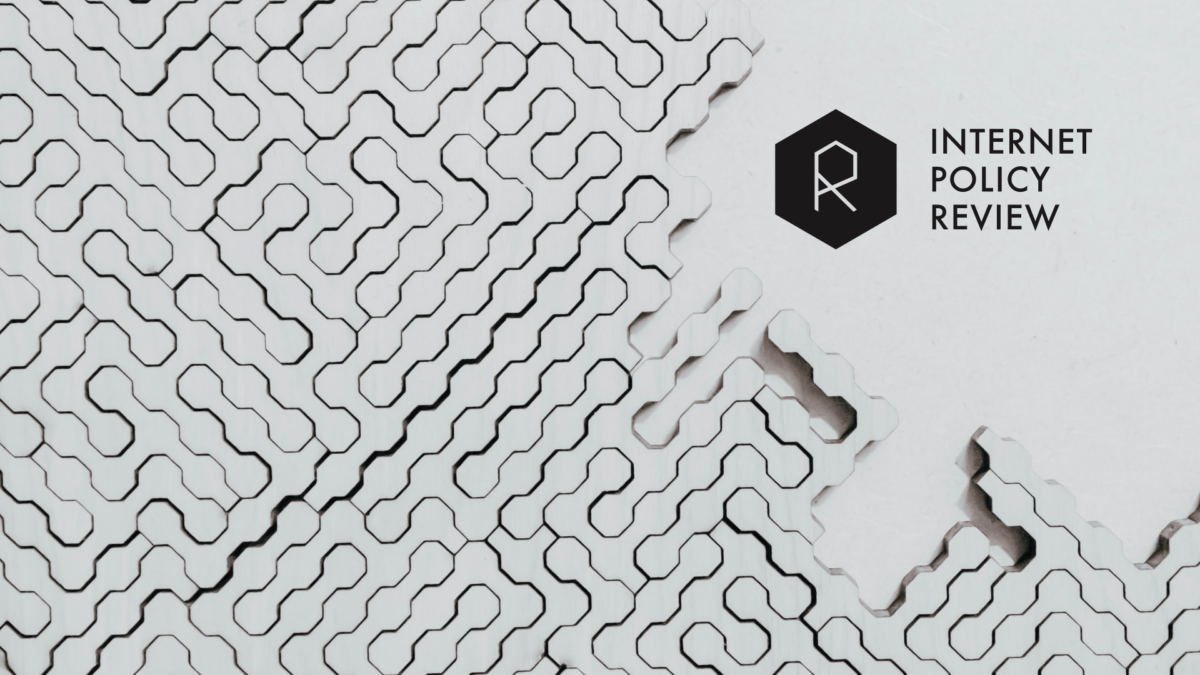Making sense of our connected world
Artificial intelligence with purpose: Mapping the landscape of public interest AI
How is AI being used for the common good? A new dataset is mapping the landscape of public interest AI by cataloguing impactful projects worldwide.
Who hired this bot? On the ambivalence of using generative AI in recruiting
Generative AI in recruiting promises efficiency, but may also quietly undermine the human connection that HR decisions and candidate fit rely on.
Polished yet impersonal: The unintended consequences of writing your emails with AI
AI-written emails can save workers time and improve clarity – but are we losing connection, nuance, and communication skills in the process?
AI at the microphone: The voice of the future?
From synthesising voices and generating entire episodes, AI is transforming digital audio. Explore the opportunities and challenges of AI at the microphone.
Between vision and reality: Discourses about Sustainable AI in Germany
This article explores Sustainable AI and Germany’s shift from optimism to concern about its environmental impact. Can AI really combat climate change?
One step forward, two steps back: Why artificial intelligence is currently mainly predicting the past
While AI is seen as technology of the future, it often relies on historical data. This blog post examines how AI can reproduce social inequalities and bias.
Governing AI: Political players between vision and regulation
Not only tech giants in Silicon Valley influence the development of artificial intelligence (AI): supranational political institutions, states and parties are also active leaders and regulators. They set legal standards, formulate strategies for the future, explore potentials and dangers, promote and sanction or even adopt controversial positions. How do political actors position themselves in the AI debate between economic interest, ethical controversies and the common good? Where do their strategies differ? Is politics here more of a driver or a driven force?
Algorithmic decisions and human rights
Who is responsible if an autonomous vehicle is involved in an accident? What are the consequences of automated profiling of the unemployed? How intelligent is our use of artificial intelligence, and what visions and strategies do we need for the future? Innovations in the field of artificial intelligence are impacting nearly every area of our everyday life. However, algorithmic decision-making leads to complex human rights implications. In this dossier researchers of the Humboldt Institute for Internet and Society and the NoC European Hub discuss the role of law and ethics in the context of algorithmic decision-making.

















